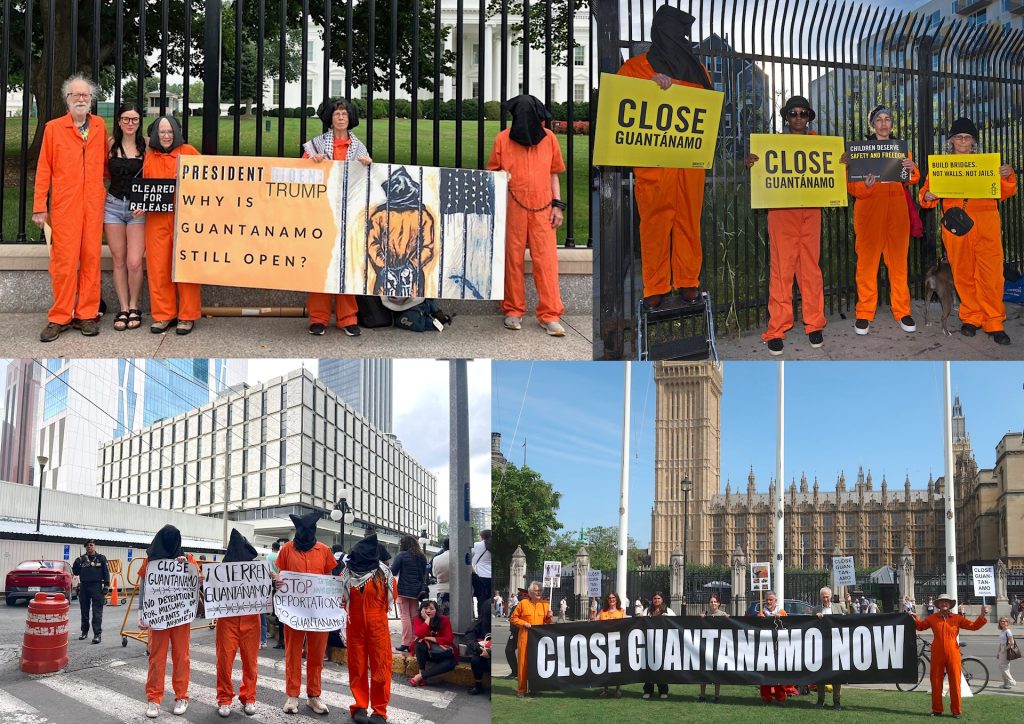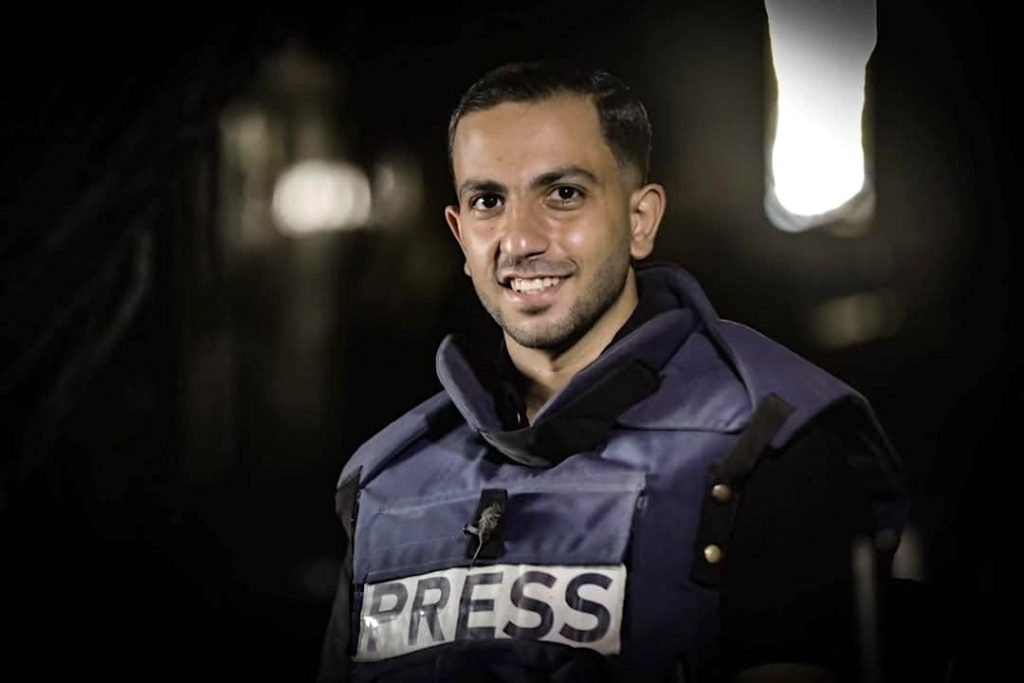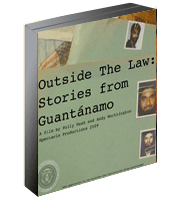Archive for August, 2025
Gaza Horror: IDF Admits 83% of Those Killed Were Civilians, But the True Total May Be 95%

Please click on either of the ‘Donate’ buttons below (via PayPal or Stripe) to make a donation towards the $2,500 (£2,000) I’m trying to raise to support my work as a reader-funded investigative journalist, commentator and activist over the next three months. To get links to all my work in your inbox, please also consider taking out a free or paid subscription to my new Substack newsletter.
On August 21, the day before the UN’s mechanism for assessing famine, the IPC (the Integrated Food Security Phase Classification) confirmed, in a devastating report, that the most severe famine conditions are occurring in the Gaza Strip, the Israel-based +972 Magazine and Hebrew Call, along with the Guardian, simultaneously published their own independent analyses of a revelatory document that they had received in May — an official assessment by the Israeli military, contained in a database compiled by Israel’s Military Intelligence Directorate, of how many Palestinian resistance fighters they believe the IDF had killed since their military assault on the Gaza Strip began following the deadly military incursion into southern Israel on October 7, 2023.
As Yuval Abraham explained for +972 Magazine, “Multiple intelligence sources familiar with the database said the army views it as the only authoritative tally of militant casualty figures.” As one of them said, “There’s no other place to check.”
The figure — of around 8,900 fighters — is revelatory, in the first instance, because it is consistently lower than figures regularly touted by Israeli government spokespeople, which have included, in November 2024, Benjamin Netanyahu putting the number “close to 20,000”, the outgoing Chief of Staff Herzi Halevi stating in his retirement speech in January this year that Israel “had killed 20,000 militants in Gaza since October 7”, and a report in June by the right-wing Begin-Sadat Center for Strategic Studies at Bar-Ilan University, which “cited military sources claiming that the number of militant casualties in Gaza stood at 23,000.”
It’s Official: UN Declares Catastrophic Famine Conditions in Gaza; Israel Still Denies It

Please click on either of the ‘Donate’ buttons below (via PayPal or Stripe) to make a donation towards the $2,500 (£2,000) I’m trying to raise to support my work as a reader-funded investigative journalist, commentator and activist over the next three months. To get links to all my work in your inbox, please also consider taking out a free or paid subscription to my new Substack newsletter.
Today, in an extraordinary declaration, delivered from Geneva with articulate, controlled fury and indignation, Tom Fletcher, a British diplomat, and, since October last year, the United Nations Under-Secretary-General for Humanitarian Affairs and Emergency Relief Coordinator, confirmed to the world what has been increasingly apparent over the last six months: that the most severe famine conditions are occurring in the Gaza Strip, that this is an “entirely man-made” disaster, deliberately engineered by the State of Israel, and that it can and must be “halted and reversed”, via an immediate ceasefire “to allow humanitarian aid to reach everyone in the Gaza Strip.”
According to the devastating new report by the IPC (the Integrated Food Security Phase Classification), which Fletcher was presenting to the world, 514,000 people, roughly a quarter of Gaza’s surviving population, are experiencing famine, with the number rising to 641,000 by the end of September unless immediate action is taken.
The IPC sets stringent conditions on the evidence required for a famine to be declared. Famine (Phase 5) requires an area to have 20% of households facing an extreme food shortage, 30% of children to be acutely malnourished, and two adult non-trauma deaths or four child non-trauma deaths for every 10,000 people to be taking place every day “due to outright starvation or to the interaction of malnutrition and disease.”
Guantánamo Artists Speak: Moath Al-Alwi and Khalid Qassim, Freed in January

Please click on either of the ‘Donate’ buttons below (via PayPal or Stripe) to make a donation towards the $2,500 (£2,000) I’m trying to raise to support my work on Guantánamo and on other related topics over the next three months. To get links to all my work in your inbox, please also consider taking out a free or paid subscription to my new Substack newsletter.
I wrote the following article for the “Close Guantánamo” website, which I established in January 2012, on the 10th anniversary of the opening of Guantánamo, with the US attorney Tom Wilner. Please join us — just an email address is required to be counted amongst those opposed to the ongoing existence of Guantánamo, and to receive updates of our activities by email.
It’s two weeks since Spencer Ackerman published an article on his Forever Wars website by former Guantánamo prisoner Mansoor Adayfi, featuring the first ever interviews with two of his friends, the artists Moath Al-Alwi and Khalid Qassim, who were finally freed from Guantánamo in January this year, and resettled in Oman, after being held for nearly 23 years without charge or trial.
I’m cross-posting it below, following my own introduction, in the hope that it will reach some readers who never saw the original posting.
I’ve long followed the story of these two men, including Moath having his habeas corpus petition turned down via some inadequate legal reasoning in 2009, and both men taking part in various hunger strikes, including the prison-wide hunger strike in 2013. This, and the global outrage that greeted it, finally persuaded President Obama to overcome his inertia, prompted by obstacles raised by Republicans to try to prevent him releasing prisoners, which meant that almost no prisoners were freed for two and a half years before the mass hunger strike began in February 2013.
It wasn’t until November 2017, however, that I became aware of the talents of both men as artists, when “Ode to the Sea: Art from Guantánamo,” an exhibition of artwork by eight prisoners — some released, and some still held — took place at John Jay College of Criminal Justice in New York, which I was fortunate to attend in January 2018, and which I wrote about here.
Photos and Report: August’s Monthly Global Vigils for Guantánamo’s Closure Mark What Is Now A Doubly Forgotten Prison

Please click on either of the ‘Donate’ buttons below (via PayPal or Stripe) to make a donation towards the $2,500 (£2,000) I’m trying to raise to support my work on Guantánamo and on other related topics over the next three months. To get links to all my work in your inbox, please also consider taking out a free or paid subscription to my new Substack newsletter.
Last Wednesday (August 6), our small but dedicated global family of campaigners came together for the 31st successive month at our “First Wednesday” monthly global vigils for the closure of the “war on terror” prison at Guantánamo Bay.
Nine vigils took place — five in the US, in Washington, D.C., New York City, San Francisco, Los Angeles and Detroit, with others in London, Brussels, Mexico City and Belgrade, where the former prisoner Mansoor Adayfi held a solo vigil. Campaigners in Cobleskill, NY joined us on the Saturday (August 9).
My thanks as always to the dedication of everyone involved, from organizations including numerous Amnesty International groups, Close Guantánamo, the UK Guantánamo Network, Witness Against Torture, the World Can’t Wait, the Peacemakers of Schoharie County, and various activist groups in New York City, with support from numerous other organizations.
Israel Murders Anas Al-Sharif to Create a Media Blackout For Its Imminent Annihilation of Gaza City

Please click on either of the ‘Donate’ buttons below (via PayPal or Stripe) to make a donation towards the $2,500 (£2,000) I’m trying to raise to support my work as a reader-funded investigative journalist, commentator and activist over the next three months. To get links to all my work in your inbox, please also consider taking out a free or paid subscription to my new Substack newsletter.
UPDATE: Please free free to check out my one-hour interview with Chris Cook of Gorilla Radio, recorded on August 13, in which we discussed the targeted murder of Anas Al-Sharif and his colleagues, Israel’s war on journalists and its persistent lies, as well as the self-inflicted problems created by the British government following its proscription of Palestine Action, a direct action group, as a terrorist organization.
Yesterday, at around 11.35pm, in a deliberate targeted attack on the press tent outside Al-Shifa Hospital in Gaza City, Israel murdered the whole of the remaining crew of Al Jazeera Arabic in northern Gaza — the journalists Anas Al-Sharif and Mohammed Qreiqeh, the cameramen Ibrahim Zaher and Mohammed Noufal, and an assistant, Moamen Aliwa. Also killed was a freelance journalist, Mohammed al-Khaldi, and Al-Sharif’s teenage nephew Musab, who had hoped to follow in his uncle’s footsteps.
My heart sank when I read the news last night. Al-Sharif, 28, was probably the most hard-working journalist in history, relentlessly chronicling the genocide for 22 months with barely a break. It’s unimaginable how, hurrying from one atrocity to another, repeatedly reporting on shattered bodies and erased families, and always enveloped by the smell of blood, he carried on working.
Well known in the Arabic-speaking world, and with millions of followers on social media, where he posted in both Arabic and English, Al-Sharif, who leaves a wife and two young children he adored, kept going even though he must have known that his days were numbered. He was the last of the tireless and ever-visible Al Jazeera journalists, surviving as his closest friends and colleagues were picked off one by one — journalist Ismail Al-Ghoul and cameraman Rami Al-Rifi, who were killed on July 31, 2024, cameraman Fadi Al-Wahidi, who was paralyzed after an attack on October 9, 2024, and Hossam Shabat, who was targeted and murdered on March 24 this year.












 Who's still at Guantánamo?
Who's still at Guantánamo?
